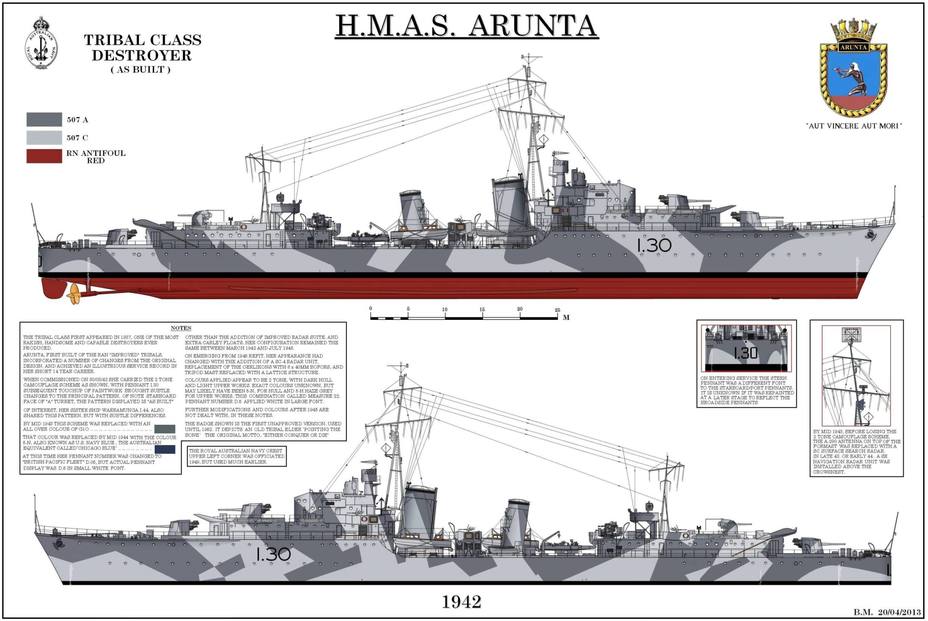
Henschel Hs 123 part 2
Henschel Hs 123
On the day the German offensive began in the West, II.(shl.) / LG 2 was part of the VIII. Fliegerkorps under the command of Major General. Wolfram von Richthofen. The assault squadron was equipped with 50 Hs 123 aircraft, 45 of which were ready for combat. Hs 123 took to the air at dawn on 10 May 1940 with the mission of attacking Belgian troops at the bridges and crossings of the Albert Canal. The purpose of their activities was to support a detachment of paratrooper shooters who landed on board transport gliders at Fort Eben-Emael.
The next day, a group of Hs 123 A escorted by Messerschmitt Bf 109 E fighters attacked a Belgian airport near Geneff, about 10 km west of Liège. At the time of the raid, there were nine Fairey Fox aircraft and one Morane-Saulnier MS.230 aircraft at the airport, which belonged to the 5th Squadron III of the 1st Belgian Aéronautique Militaire Regiment. Attack pilots destroyed seven of the nine aircraft on the ground.
Fairy Fox type.
On the same day in the afternoon, during a raid on the Saint-Tron airfield, anti-aircraft artillery shot down one Hs 123 A from II. (Schl.) / LG 2. Renard R.31 reconnaissance aircraft, serial number 7 from 9 squadron 1, squadron XNUMXth regiment. Both cars were completely destroyed and burned down.
On Sunday 12 May 1940 the squadron lost another Henschl Hs 123 shot down by a French fighter. The next day, 13 May, the squadron lost another Hs 123 A - the machine was shot down at 13:00 by British fighter pilot Sergeant Roy Wilkinson, who was piloting a Hawker Hurricane (N2353) from the 3 Squadron RAF.
On Tuesday, 14 May 1940, a dozen Hs 123A's, escorted by a swarm of Bf 109Es from II./JG 2, were attacked near Louvain by a large group of Hurricanes from Nos. 242 and 607 Squadrons RAF. The British managed to use their superior numbers to shoot down two Hs 123 A's belonging to 5. (Schl.)/LG2; pilots of downed aircraft - Uffz. Karl-Siegfried Lukel and Lieutenant Georg Ritter - they managed to escape. Soon both were discovered by armored units of the Wehrmacht and returned to their native part. Three attacking Hurricanes were shot down without loss by II./JG 2 pilots, and the fourth by two Hs 123 A, who managed to outwit the attacker and then shoot with their own machine guns!
In the afternoon, the Luftwaffe assault squadron lost another aircraft, shot down by anti-aircraft artillery over Tirlemont, southeast of Louvain. The pilot of the car is Lieutenant. Georg Dörffel of the 5th Staffel - was slightly wounded, but managed to land and soon returned to his native squadron.
On May 15, 1940, the unit was transferred to the Duras airfield, from where it supported the offensive of the 6th Army. After the occupation of Brussels on 17 May VIII. Fliegerkorps was subordinate to Luftflotte 3. Its main task was to support the Panzergruppe von Kleist tanks, which penetrated the territory of Luxembourg and the Ardennes towards the English Channel. Hs 123 A attacked French positions while crossing the Meuse, and then took part in the Battle of Sedan. 18 May 1940 Commander 2nd (Schlacht)/LG XNUMX, Hptm. Otto Weiss was the first attack pilot to be awarded the Knight's Cross.
When on May 21, 1940, German tanks approached Dunkirk and the banks of the English Channel, II. (L) / LG 2 transferred to Cambrai Airport. The next day, a strong group of Allied tanks counterattacked near Amiens against the weak flank of the German breakthrough. Obst. Hans Seidemann, Chief of Staff VIII. The Fliegercorps, which was at Cambrai Airport, immediately ordered all serviceable attack aircraft and dive bombers to take off. At that moment, a damaged Heinkel He 46 reconnaissance biplane appeared over the airport, which did not even try to land - it only lowered its flight altitude, and its observer dropped a report to the ground: About 40 enemy tanks and 150 infantry trucks are attacking Cambrai from the north. The content of the report made the assembled officers realize the magnitude of the threat. Cambrai was a key supply point for parts of the armored corps, the main forces of which were already close to the banks of the English Channel. At that time, there were practically no anti-tank weapons in the far rear. Only batteries of anti-aircraft guns located around the airport and Hs 123 A attack aircraft could pose a danger to enemy tanks.
The four Hensleys, who belonged to the staff pack, were the first to take off; in the cockpit of the first squadron commander gaptm. Otto Weiss. Just two minutes later, at a distance of six kilometers from the airfield, enemy tanks were seen on the ground. Like HPTM. Otto Weiss: Tanks were preparing to attack in groups of four or six vehicles, which had gathered on the south side of the Canal de la Sensei, and on its north side a long column of trucks was already visible on the approach.

